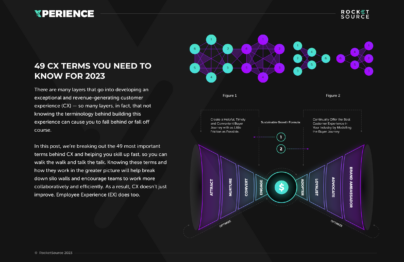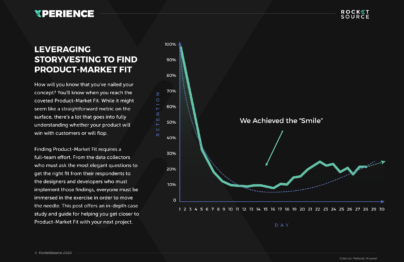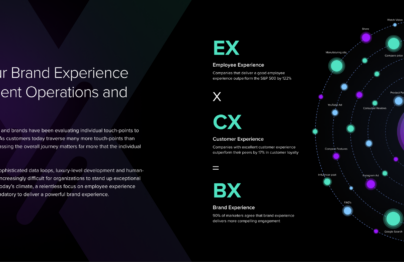A Stack Impact Analysis examines the amount of value realized from independent technology platforms used in an organization and how well-aligned they are to improve processes, reduce costs, and deliver exceptional customer experiences. These platforms can extend from internal software systems to social channels, apps and other tools that enable an organization to gather and evaluate the swell of data pouring in or consistently improve experiential performance.
Outdated and misaligned technologies can create inefficiencies that inhibit the growth of an organization overall. Conducting a Stack Impact Analysis allows teams to continually assess individual platforms used to operate and grow a business.
Through strategic frameworks and a willingness to improve continually, companies can continuously update platforms to reach digital maturity. StoryVesting is one of these frameworks, which allows teams to solve problems in a strategic and human-centric way. In doing so, organizations that leverage frameworks during a Stack Impact Analysis can stack the dominos in their favor to improve internal and external experiences and accelerate brand revenues.
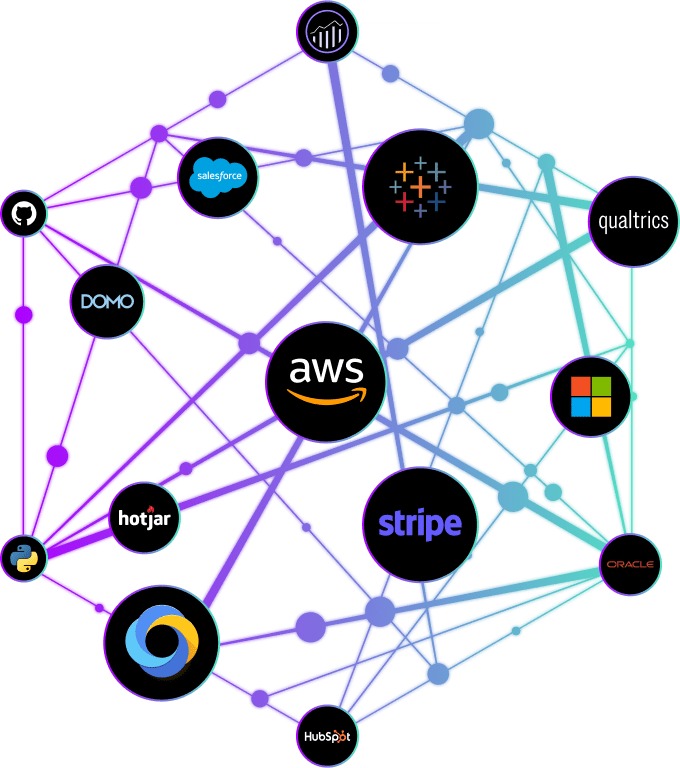
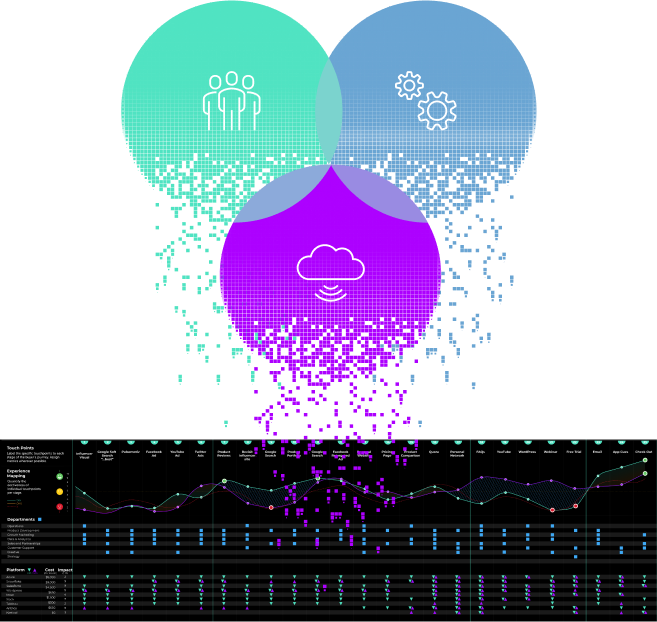
Performing the Stack Impact Analysis
The foundation of operations in any business rests on three pillars – People, Processes and Platforms. A Stack Impact Analysis takes teams through several key questions to get to the root of the value each platform provides and how they empower teams to operate more intelligently and be more customer-centric.
- What is the platform used for?
- Which team(s) use the platform?
- How much does it cost?
- What is the primary value the platform provides to the company?
Upon answering these questions, teams can have more insight into which technology to leverage to drive growth and business success.
Matching the Tech Stack with the Customer Journey
Platforms are used at every touchpoint along the customer journey. Organizations can foster growth and operate in a more experience-centric view by aligning the tech stack with these various customer journey layers.
In drilling down to the tech stack within the customer journey, organizations can better understand where to reach customers, how customers buy, and when the platform comes into the picture. Without this insight, businesses will spend time and money in the wrong places, investing in channels that don’t pay off or deliver value.
Value doesn’t always come back in the form of dollars and cents. Sometimes, platform value can also come back in the form of time savings or employee experience improvements. Conducting a Stack Impact Analysis allows organizations to effectively and quickly transition to solutions that empower teams to be more productive and align with consumer preferences.
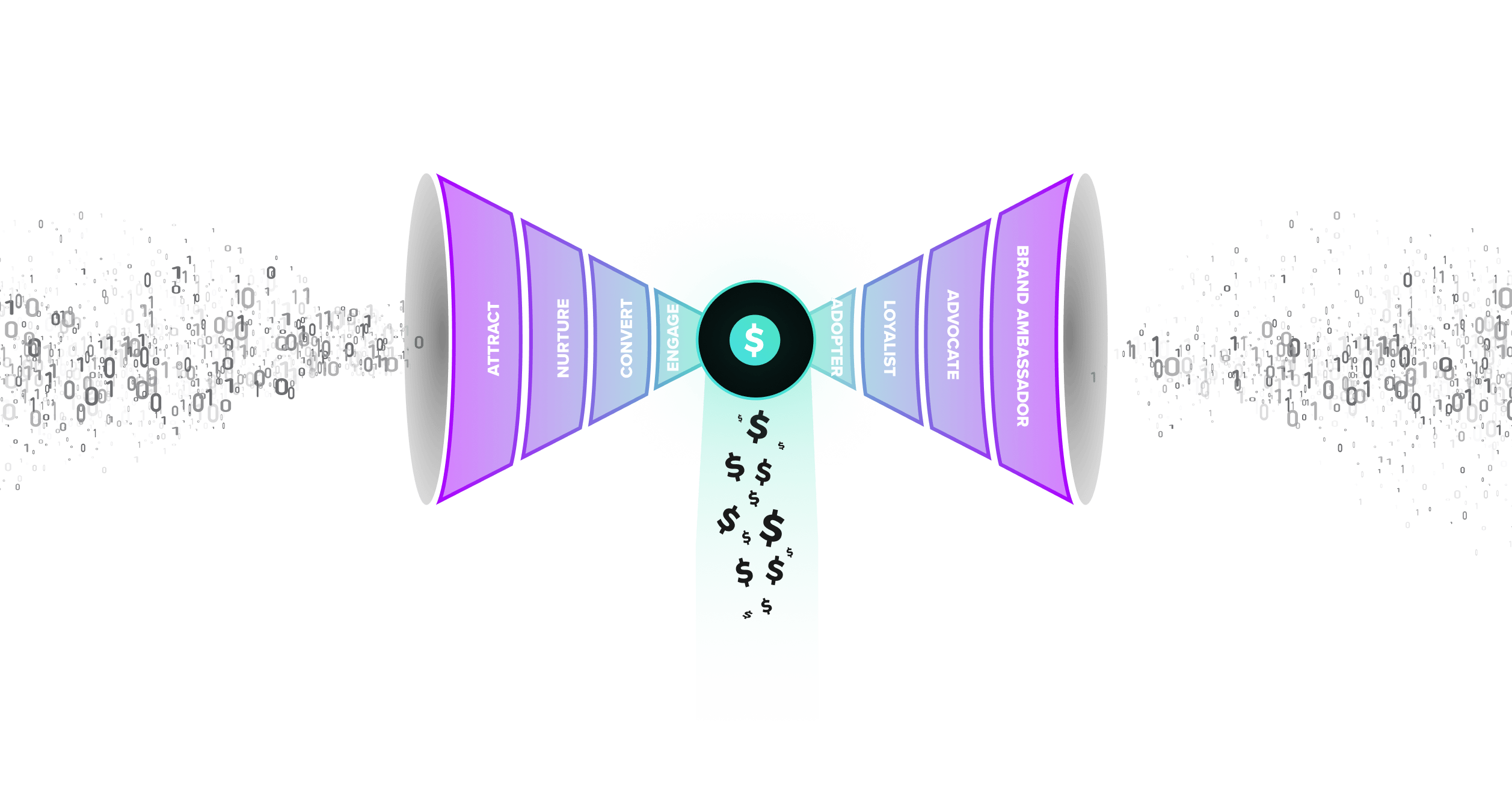
Conducting a Stack Impact Analysis Via a Strategic Framework
The overarching goal of leveraging platforms and technology to drive operations is to gain a precise understanding of the logical and emotional triggers that motivate customers to progress along the customer journey. Thinking about this strategy from a customer-first perspective is a folly that most businesses fall into, leading to disconnected experiences through a series of one-off initiatives to win customer engagement.
To truly create an immersive brand experience that delivers an exceptional customer experience (CX) starts internally. Having a strategic framework to bring brand and customer experiences closer into alignment allows teams to improve platforms, processes and productivity.
The StoryVesting framework helps teams examine the multiple layers of the business and how they each impact customer experience to bring each experience into closer alignment. Through this framework, organizations gain the necessary insights to know which departments and platforms are touched along the customer and employee buying cycle, as well as what needs to change to improve experience scores.
Reaching Digital Maturity via a Stack Impact Analysis
Assessing the value platforms deliver to an organization is a never-ending process. Regardless of where an organization sits on the digital maturity index, a Stack Impact Analysis helps teams move up the scale. It’s through this direction that innovative tendencies are catalyzed, cost savings are achieved, and a broader success is realized.
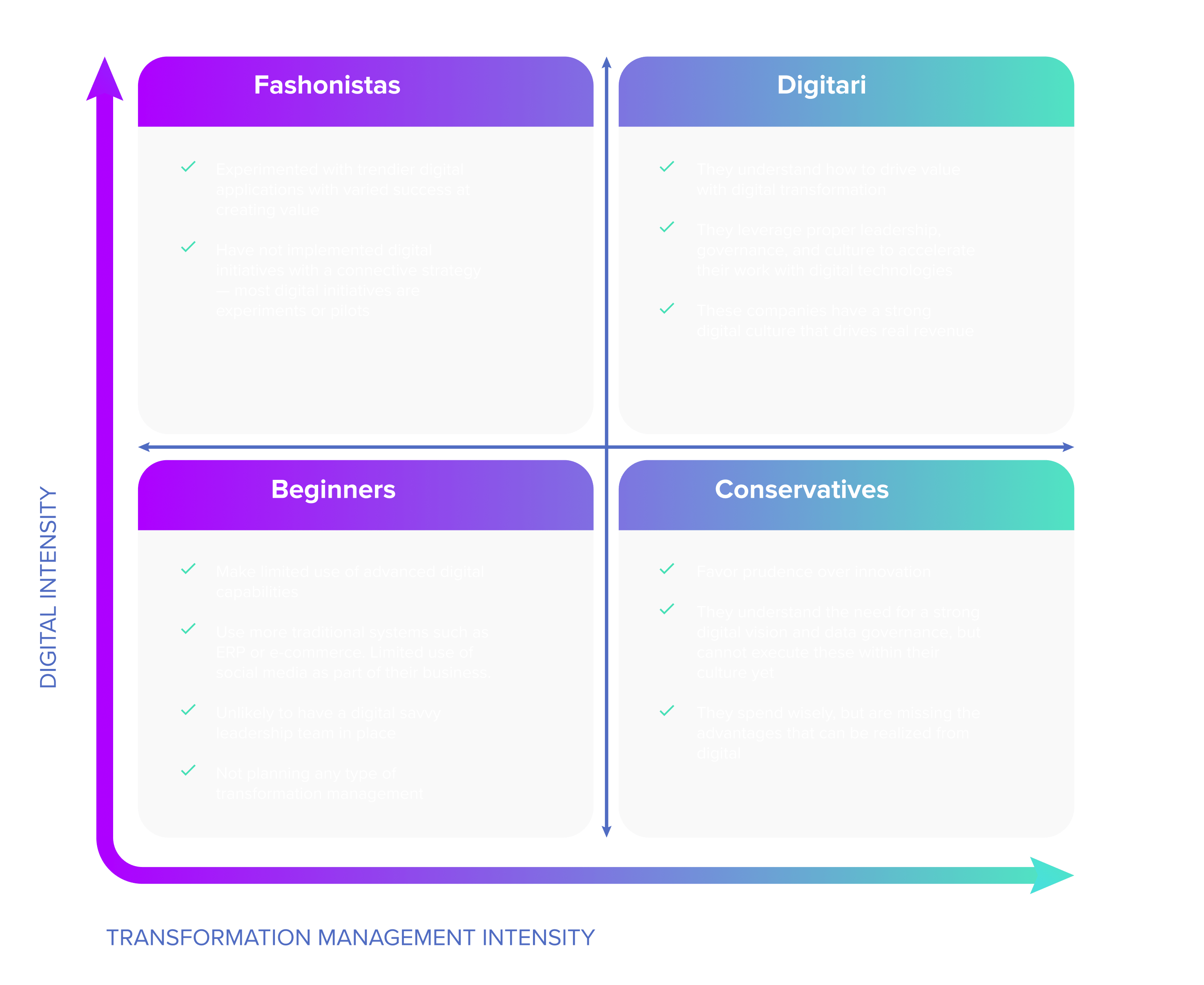
Customer Experience (CX) Terms
- 360° Degree View of the Customer
- AI Ops
- Barlow Bands
- Behavioral Triggers
- Bow Tie Funnel
- Brick-to-Click
- Business Impact Analysis (BIA)
- Cognitive Computing
- Cohort Analytics
- Content Mapping
- Conversational User Guidance
- Customer Data Profile
- Customer Experience (CX)
- Customer Friction
- Customer Insights Map
- Customer Journey
- Customer Journey Mapping
- Customer Satisfaction (CSAT)
- Customized Ratios
- CX Intelligence
- CX Led Growth
- CX Metrics
- Data as a Product (DaaP)
- Data as a Service (DaaS)
- Data Culture
- Data Driven
- Data Engineering
- Data Fabric
- Data Governance
- Data Humanization
- Data Hygiene
- Data Looping
- Data Mapping
- Data Mining
- Data Modeling
- Data Monetization
- Data Swamp
- Data Visualization
- Data Warehouse
- Data-Centric
- Descriptive Analytics
- Diagnostic Analytics
- Digital Asset Management (DAM)
- Digital Transformation
- Dirty Data In Dirty Data Out
- Embedded Intelligence
- Empathy Mapping
- Employee Data Profile
- Employee Experience (EX)
- EX to CX Data Mapping
- EX to CX Mapping
- Experience Management (XM)
- Gap Analysis
- Generative AI
- Human-Centered Design (HCD)
- Journey Analytics
- Machine Learning (ML)
- Managed Agile Services on Demand
- Modified Hoshin
- North Star Metric
- Party Data
- Pathway to Purchase
- Predictive Analytics
- Product-Market Fit Mapping
- Real Time Design Looping
- Revenue Acceleration
- RevOps
- S Curve of Growth
- Stack Impact Analysis
- StoryVesting
- Table Stakes Testing
- The 3 P’s
- User Experience (UX)
- User Insights Map
- User Interface (UI)
- Voice of the Customer (VoC)
- Voice of the Employee (VoE)
- World Cloud Generator Sentiment Mining
- X Analytics

